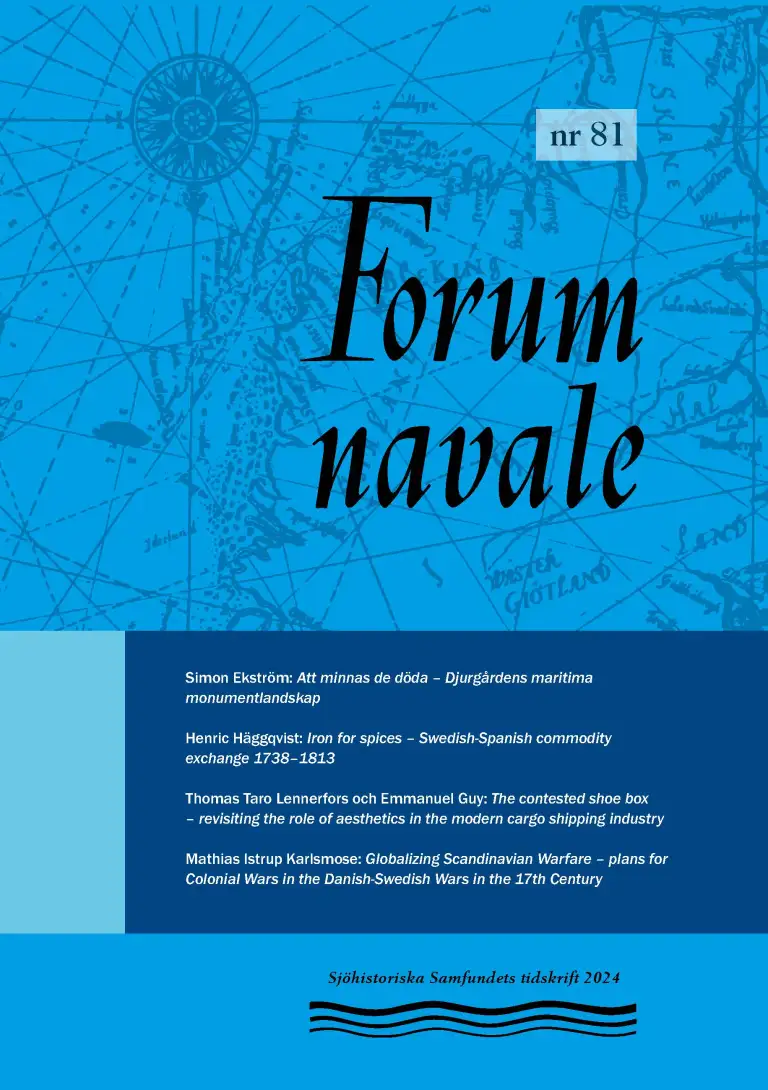Att minnas de döda
Djurgårdens maritima monumentlandskap
Abstract
Djurgården contains a considerable amount of deliberately arranged memories and sights in the form of objects and texts that direct the viewer's attention to some form of death or disappearance. What can thus be called the “landscape of death" points to the will of the living to attach the deceased to both the geographical space and the collective memory. The article focuses on a number of such monuments, or monument-like installations, that have been created with the outspoken purpose of being memorials. Some of them go back more than a hundred years, while others are of much later date. What they have in common is a connection to the sea, as well as they all express a materialised recollection of the death of either someone or a greater number of individuals. Starting from this material, the article aims to shed light on what kind of death the monuments recognise as worth remembering or, differently put, that is made memorably. Thanks to its high density of monuments, the memorial landscape on Djurgården is an excellent viewing area for this kind of reflection. Here, the celebration of the nation's great patriotic heroes has gradually given way to, or at least starting to co-exist with, the attention of other and more unnoticed dead. This is how today's “landscape of death” in Djurgården ranges from the most specific and individual to the most general: the allencompassing death and extinction that sooner or later threatens all life.
Downloads
Published
How to Cite
Issue
Section
License
Copyright (c) 2024 The Author

This work is licensed under a Creative Commons Attribution-NonCommercial-NoDerivatives 4.0 International License.




